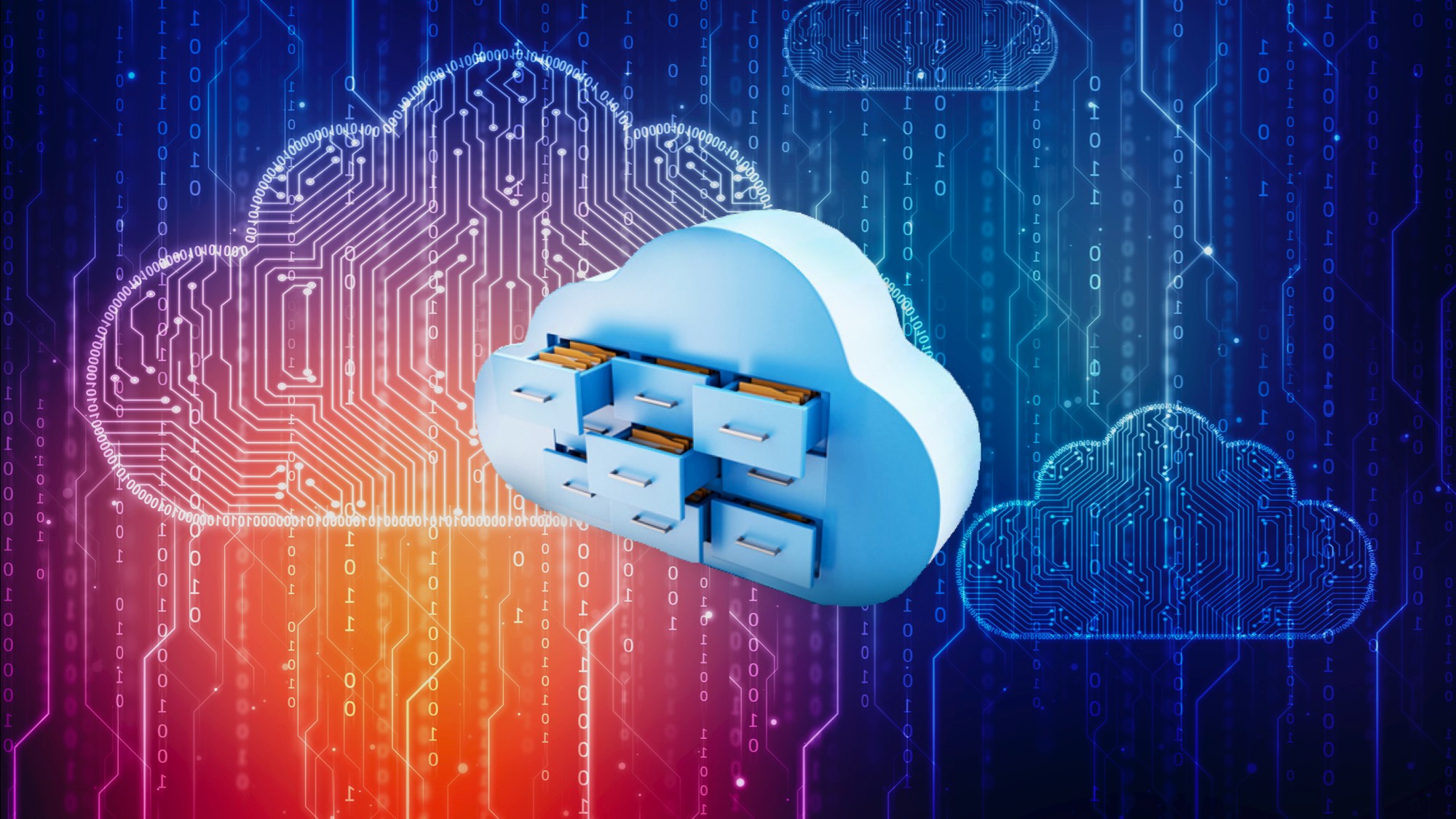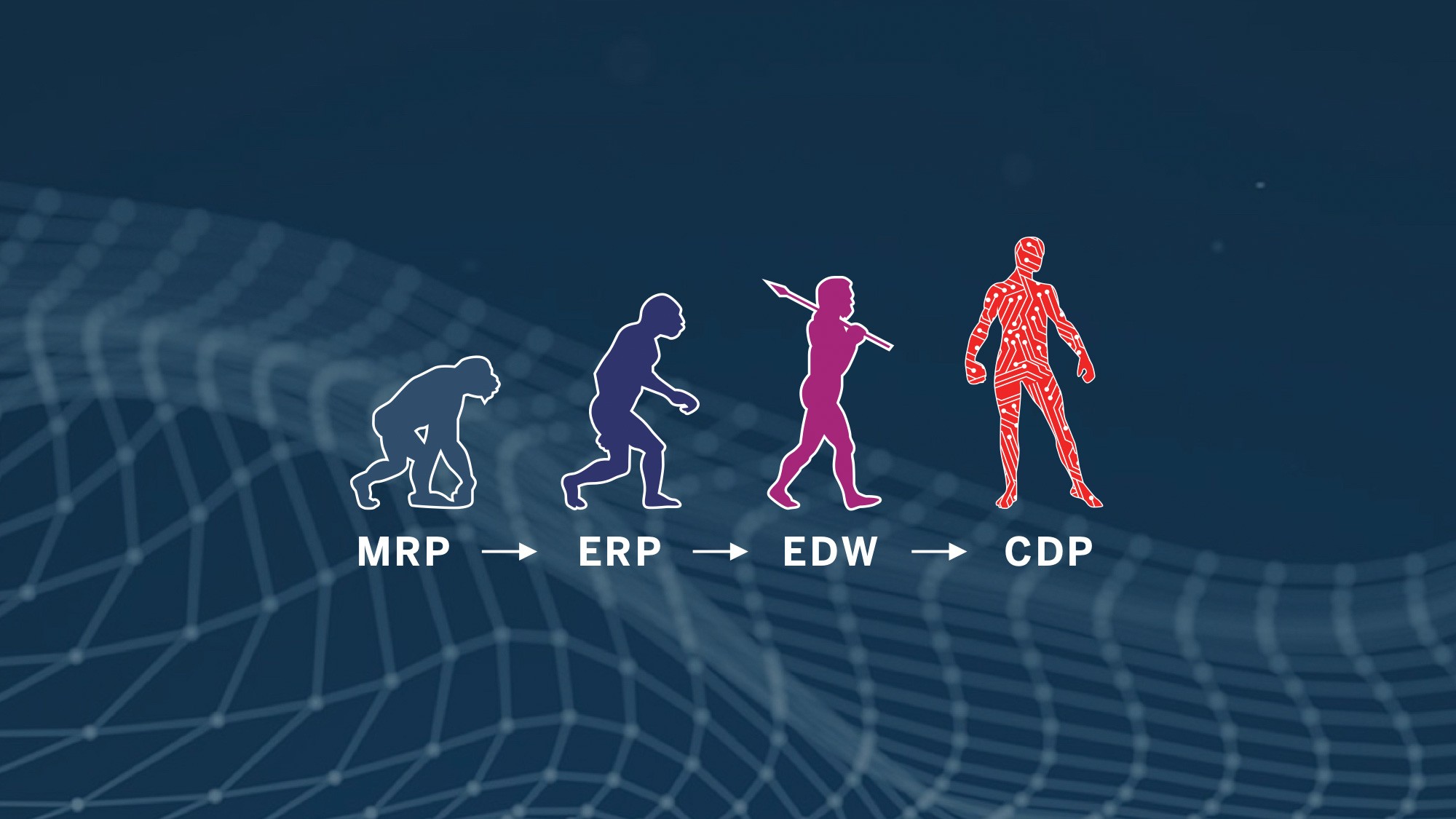
How to choose a cloud-first enterprise architecture vendor
It has been well over a decade since the cloud was popularized by giants like Amazon. With cloud technology now widely adopted across many industries, enterprises, in particular, have been looking at a cloud-first approach to their infrastructures—83% of enterprise architecture workloads will be in the cloud by 2020. And as data continues to grow at historical rates (globally increasing 61% to 175 Zettabytes by 2025), it is now more important than ever for enterprises to enable a virtually limitless influx and analysis of data in the cloud.
However, it is the capability to handle this massive influx of data that is, arguably, the most important component to a cloud-based enterprise architecture. After all, you cannot manipulate and analyze the data if you have no efficient way to store it. Below are six key features to look for in a cloud-based enterprise architecture vendor:
1. Scalability
Enterprises can generate wildly varying amounts of data across each of their departments, especially as new types of data are introduced. However, you do want to be prepared for an increase (or decrease to maximize your costs) of data at any given time, and this is why scalability is an important factor to consider.
Fortunately, since cloud infrastructures are virtually limitless in storage and compute power, you do not have to worry about purchasing another expensive Exadata rack—it’s usually as simple as clicking a button to increase your capacity. Each vendor handles scalability differently, from pricing/business model to technical abilities, so it is important to make a realistic projection of your data growth and choose a vendor accordingly, to both maximize the performance and costs of your cloud infrastructure.
2. Multi-tenant cloud, hybrid cloud, and multi-cloud capabilities
Migrating your infrastructure to the cloud does not necessarily mean your organization will be running 100% in the cloud. In fact, many variants exist to allow your organization to still operate locally, remotely, and everything in between—termed multi-tenant cloud, hybrid cloud, and multi-cloud. With the rise of cloud computing, many countries have passed various laws around control and storage of data, which all reflects measures of data sovereignty. Data Sovereignty is the idea that data are subject to the laws and governance structures within the nation it is collected. Multi-tenancy is key to supporting this requirement.
This is a key feature you’ll want to discuss with your potential vendors to explore. Ultimately, you’ll want to select a vendor that has the capability to scale to a specific type of environment as your enterprise expands, however be aware of the associated costs.
3. Real-time or batch data ingestion for enterprise architectures
New data becomes old data, very quickly, if left unchecked, your organization is left with a swamp of data, making it expensive to query/search as well as storage.
Data lakes are designed to address this issue, by providing a secure storage repository for all types of ingested data, whether it be structured, unstructured, or semi-structured—with the capability to intelligently store data in batches, in real-time, so that your enterprise can make room for newer data and quickly prepare the ingested data for analysis.
4. Metadata management
Metadata management enables your data within a data lake to be easily searchable and accessible. This is done by classifying your data by type, function, and priority. Several vendors have the capability to automate this data classification and metadata tagging process, so that you can spend less time organizing your data, and more time analyzing it. Compare each vendor closely to determine which one has the best metadata management features specific to your industry.
5. Integration with third-party tools and APIs
Being able to search for and access your data internally is important, however just as important is the ability to connect your data to 3rd party business intelligence tools like Tableau, Qlik, and Microsoft Power BI for advanced analytics and reporting. The ideal enterprise architecture platform should enable easy access through a robust API that supports secure, role-based access.
Furthermore, by enabling an API through your information architecture, you create opportunity for app store, both external and internal.
6. Enterprise architecture data governance
Well-known data breaches and data trust violations in recent years including Equifax, Facebook, and Anthem have created major security and privacy concerns, resulting in increased regulations like GDPR. Many of these data breaches were simply a result of poor security practices.
With cloud technology, your enterprise faces another security concern—your data is often stored remotely, off-site. This is why data governance capabilities should be a key feature to consider in a cloud-based IA vendor. The vendor should have role-based access control abilities on a granular level, robust encryption and masking technologies, a PII manager, full audit trail, and the ability to comply with specific regulations like GDPR.
Related Posts

Introducing Solix Common Data Platform 3.0

Solix Technologies, Inc. Announces Strong Customer Momentum for SOLIXCloud Enterprise Archiving Solution; Named a Visionary in 2022 Gartner® Magic Quadrant™ for Enterprise Information Archiving

